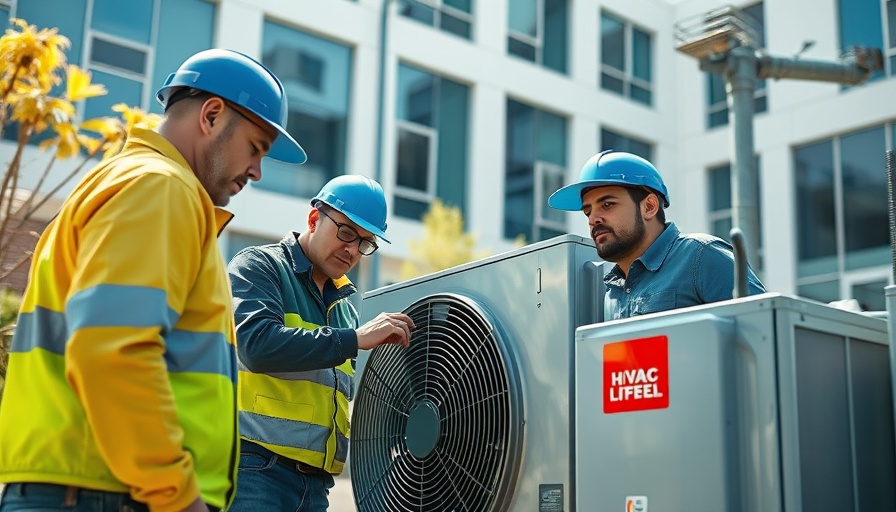
The Benefits of Adding Exterior Insulation in Zone 6A
In colder climates, especially those classified as Zone 6A, adding exterior insulation to your 2x4 construction can significantly enhance energy efficiency and comfort in residential buildings. The core advantage of such insulation lies in its capacity to improve thermal performance without compromising internal space. The additional insulation layer helps maintain a steady temperature inside, reducing reliance on heating systems, which can lead to substantial energy savings over time.
Understanding 2x4 Construction Challenges
2x4 construction is a popular framing method, particularly in residential buildings. However, it presents certain challenges in colder regions. Common issues include thermal bridging and inadequate insulation depth, which can lead to heat loss. By adding exterior insulation in Zone 6A, builders can effectively mitigate these concerns. This upgrade allows for a more robust thermal envelope, improving the overall insulation value of the wall assembly and enhancing the building's performance.
Materials Matter: Choosing the Right Insulation
When adding exterior insulation, selecting the right materials is crucial. Options include rigid foam boards, mineral wool, and spray foam. Rigid foam offers excellent insulation values and minimal moisture absorption, making it a favorite among builders. On the other hand, mineral wool provides additional fire resistance and soundproofing benefits. Each option has its pros and cons depending on the construction goal, budget, and local climate considerations. Understanding these materials can help builders choose what’s best for their specific project.
Future Predictions for Residential Construction
The trend towards energy-efficient building practices is predicted to continue growing as environmental awareness increases. Innovations in insulation materials and construction methods will likely play a pivotal role in this transition. For builders in colder climates like Zone 6A, investing in exterior insulation not only fits into current sustainability trends, but also sets a precedent for higher building standards in the future.
Practical Steps for Implementation
Implementing exterior insulation involves steps such as ensuring proper moisture management, adhering insulation boards securely to the framing, and selecting compatible cladding systems. Builders should also take into account factors like local building codes and weather patterns during installation. Collaborative efforts with experienced contractors can streamline this process and ensure the integrity and effectiveness of the insulation system.
 Add Row
Add Row  Add
Add 




 Add Row
Add Row  Add
Add 

Write A Comment